Huawei Fit: accidentally the best smartwatch around
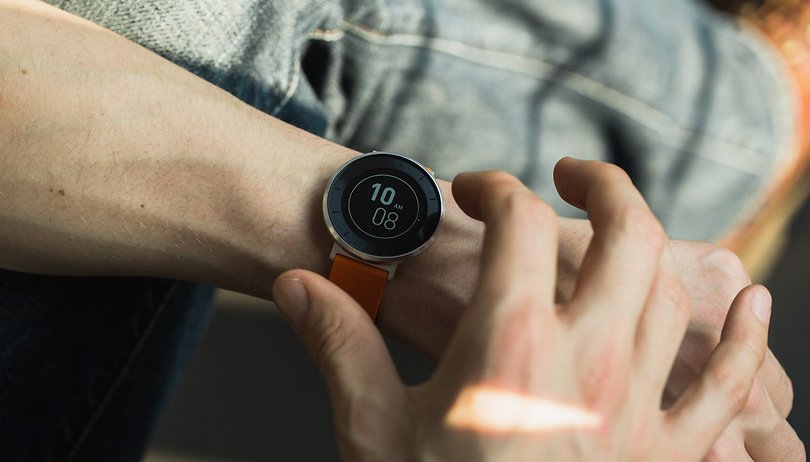

The Huawei Fit has been primarily marketed as a fitness tracker, but it actually turns out to be one of the best smartwatches I've ever tested. The price is lower than a standard smartwatch, and has a very attractive design. By linking it to your smartphone you'll never be able to miss a call or message, and thanks to the highly accurate sensors you can also improve both your sporting activities and sleep patterns.
- Best Android smartwatches 2016
- The Android smartwatch market is about to get interesting
Good
- Fair price
- Long battery life
Bad
- Sometimes sluggish performance
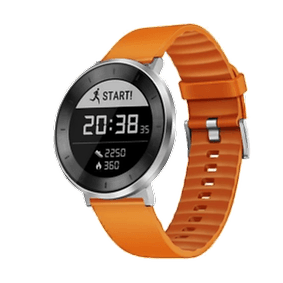
Huawei Fit release date and price
The Huawei Fit is available in Titanium Grey with a black sport band and Moonlight Silver with either an orange or blue sport band. It first came on the market in November 2016, and is currently priced at $129.99.
To be a more competitive choice, Huawei is positioning itself slightly under the RRP for the Samsung Gear Fit2. The latter is now available for around $140, but offers more comprehensive stand alone features such as an MP3 player and a better display.
Huawei Fit design and build quality
I tested the Huawei Fit over a period of several weeks and overall my experiences were positive. It actually turned out to be a small technical miracle , as the smartwatch doesn't have any issues at all. The sport band is made of plastic and the watch casing is made of matt-coated aluminium alloy. Over the entire time I tested the smartwatch neither the casing nor the Gorilla Glass 3 display got any scratches.
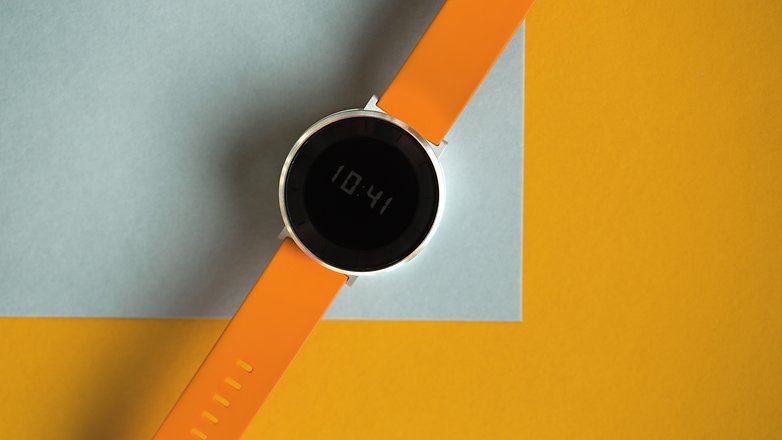
Huawei states that the Huawei Fit is "5ATM water resistant". This is enough for showers or sweaty sports, as well as for swimming. The Smartwatch can also stand up against soapy water in the shower or the bathtub. I didn't try to see how it coped with salt water, but I would leave that option out just to avoid corrosion.

The Huawei Fit has no buttons. If your simple software does crash, you can connect a button. This is located on the underside of the charging tray, which is magnetically connected to the pogo pins.
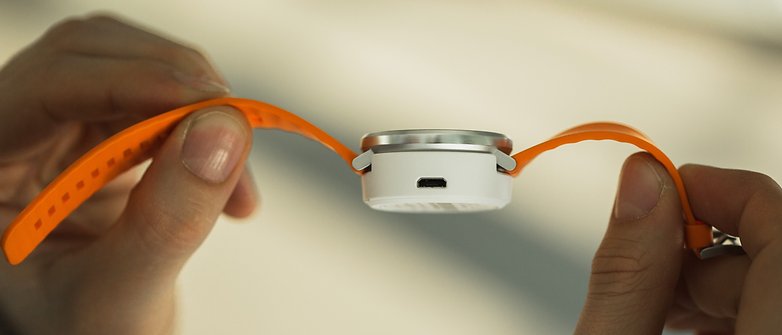
Let's get to the boring numbers: The watch has the dimensions 39.5 mm x 9.99 mm and weighs less than 35 grams. The 1.04-inch display is based on the Memory LCD technology, which consumes surprisingly very little energy.
Huawei Fit display
The display resolution dissolves, which is not mentioned, but is visibly low, and the virtual clock hands have a clear staircase effect. The display is only available in black and white , but is still lit. It is a touchscreen display, the operation of which we will deal with in the software section. The response time for the touch input improved significantly with each of the firmware updates the Huawei Fit received during the test.
Huawei Fit software
Huawei has equipped the Huawei Fit with a dedicated firmware. In conjunction with its companion app, Huawei Wear, you can connect your data to fitness trackers like Google Fit, Jawbone UP and MyFitnessPal.
Huawei is eager to optimize both its firmware and the functionality of the Huawei Fit. Over the test period I received a total of three updates for the clock alone. The updates are transmitted via Bluetooth to the clock, and only take a few minutes to install.
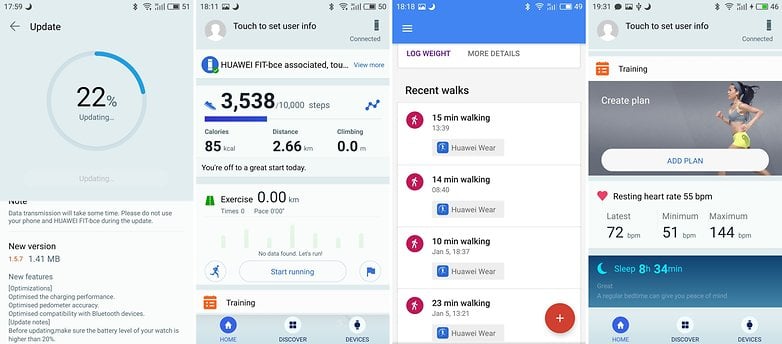
In the app you have an overview of your sport activities and your sleep. The data is updated on the app every few hours from both your movement and the heart rate monitor. The idea is that the watch does everything by itself and intelligently recognizes whether you are running, walking, cycling or swimming. Unfortunately, this doesn't really work yet: The Huawei Fit didn't record a single meter of my daily commute to work by bike.
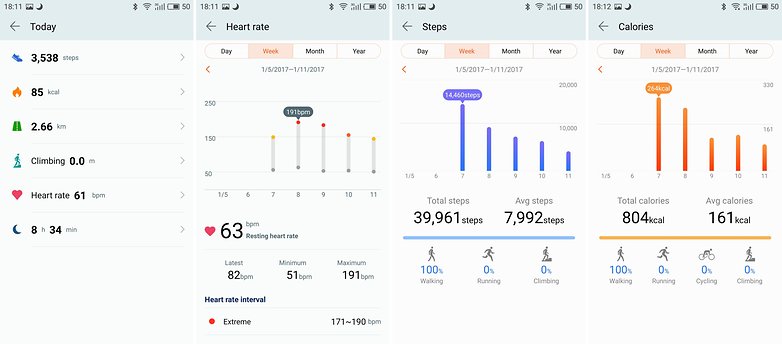
You must activate the notifications from apps individually. Unfortunately, important apps such as your SMS app, WhatsApp or especially the phone app are not automatically set up, so you have to do everything yourself. Unfortunately, the notification API is not perfect: You must mark all notifications on the clock separately as read, even if you had already opened them on the smartphone.
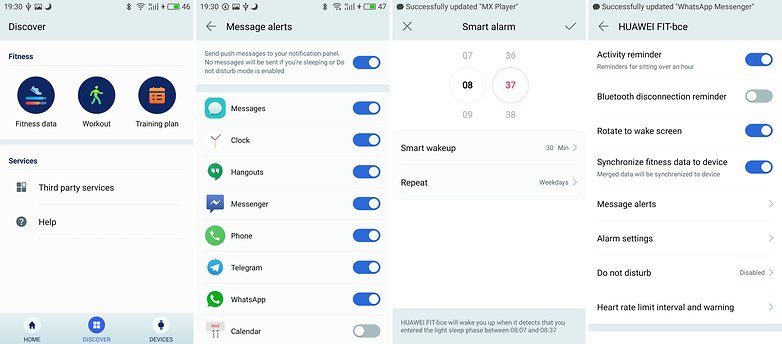
Huawei continuously improves the fitness tracker, so I'll hold back with a final judgment on the abilities of an athlete.Theoretically, the watch also measures or estimates your blood oxygen levels and warns you against anaerobic training or another sort of physical overload. Thus, the tracker will cover the more ambitious sportspeople out there. However, the focus of this test was on the overall functionality of the smartwatch, and the Huawei Fit is already great.
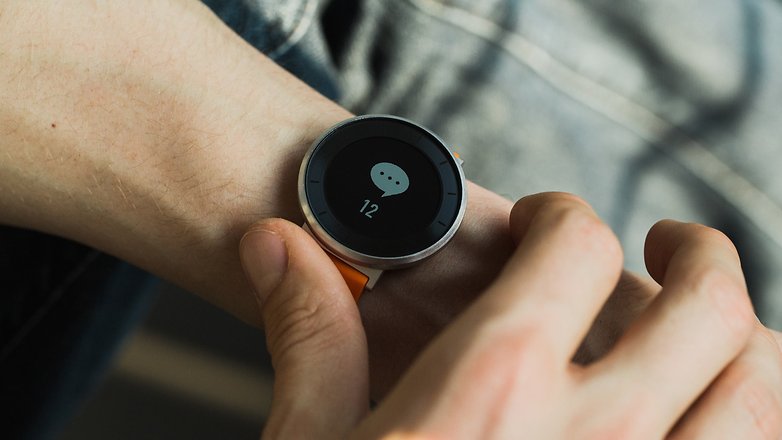
Huawei Fit performance
The Huawei Fit is quite simple, so Huawei doesn't even include information about RAM, processors or internal memory. The smartwatch, however, fulfills exactly its purpose and reacts without any grumbling or growling. Over the four weeks I tested it, I never needed to restart the smartwatch, the connection via Bluetooth 4.2 was always stable and, to my astonishment, the battery kept to the promised six days of continuous use .
Movements are detected via accelerometers and gyrometers. The pulse rate and blood oxygen levels are approximately determined by two green PPG lights at the bottom. An ambient light sensor also helps the Huawei Fit to save energy with its display lighting.
Huawei Fit audio
Unlike many other Android wearables, the Huawei Fit doesn't include a microphone or a speaker . Unfortunately, you also aren't able to connect a Bluetooth headset, as is the case with some other trackers. As a result, the Smartwatch is not really suitable as an MP3 player for when you go out jogging.
Huawei Fit battery
Throughout the test period, the Huawei Fit was able to keep the promised six day period of battery life. The watch is charged with the magnetic charging tray and can be fully charged in under an hour . This is again connected via Micro USB cable to a power supply, which you hopefully already have: you aren't given one with the smartwatch. Unfortunately, the charging tray isn't compatible with the Huawei Watch.
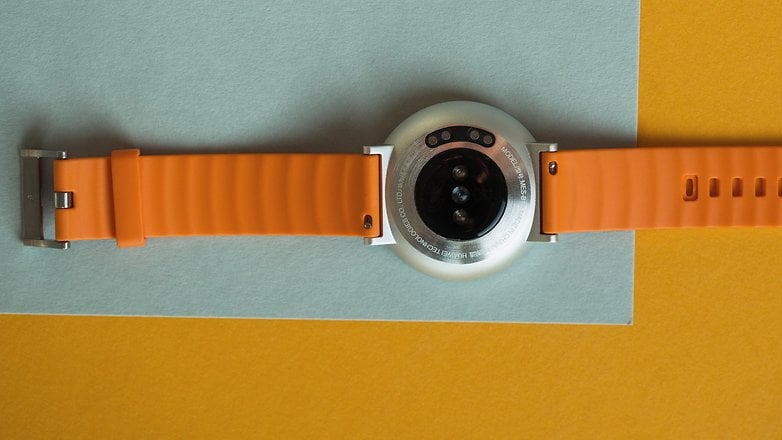
Final verdict
With this smartwatch, Huawei has succeeded in combining good battery life with a reasonable range of functions. Additionally, the design is simple and ingenious, and is available for a price that you can't really complain about. The clear competitor, however, is Samsung's Gear Fit2. This does not even last half as long as the Huawei Fit, with only two to three days of battery life, but thanks to the inclusion of GPS and an MP3 player it does offer that little bit extra.
The second consideration is the design: The Huawei Fit has kept to the classical watch shape, while Samsung's device has been designed as a fitness tracker. Huawei is appealing to those watch customers who sees the sports features and notification options as an added bonus while Samsung provides a convenient jogging strap with an optional display of the time. So, what type are you? Would you prefer a more traditional-looking smartwatch or a fitness tracker? Let us know in the comments below.
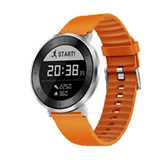






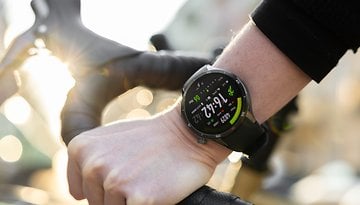


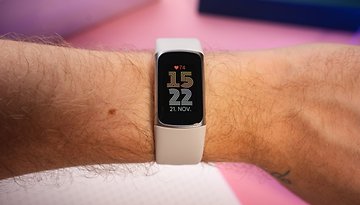

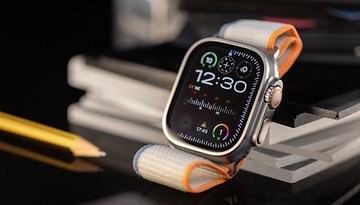








For me, the best smartwatch is the TicWatch 2.
Hi friends
My name is Mrs Bridget biel .I'm from US, and i am a happy woman today? and i told my self that any lender that rescue my family from our poor situation, i will refer any person that is looking for loan to him, he gave me happiness to me and my family, i was in need of a loan of $100,000.00 to start my life all over as i am a single mother with two kids I met this honest and GOD fearing man loan lender that help me with a loan of $100,000.00 he is a GOD fearing man, if you are in need of loan and you will pay back the loan please contact him tell him that is Mrs Bridget biel, that refer you to him. contact Dr Ousman ,via email:(bayportsaservice@gmail.com) Thank you